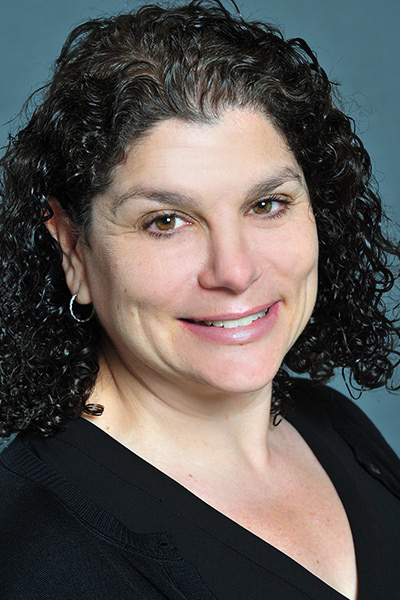Thrombotic microangiopathies (TMA) and macrophage activation syndrome (MAS) are relatively uncommon manifestations of childhood systemic lupus erythematosus (cSLE); however, they are associated with significant morbidity and mortality rates and may pose diagnostic and therapeutic challenges to even the most seasoned pediatric provider.
The session Life-Threatening Complications of Childhood-Onset SLE: Enhancing Diagnosis & Therapy of Thrombotic Microangiopathies & MAS features two pediatric rheumatologists using a case-based approach to review cSLE complications. The first viewing of the session will take place on Friday, Nov. 6, from 3 – 4 p.m. Registered attendees have on-demand access to watch a replay of the session through Wednesday, March 11.

Deborah Levy, MD, MS, FRCPC, will discuss diagnostic and therapeutic approaches to thrombotic microangiopathies seen in cSLE—specifically thrombotic thrombocytopenic purpura-like (TTP) disease. Dr. Levy is Staff Rheumatologist at The Hospital for Sick Children (SickKids), Associate Professor of Pediatrics at the University of Toronto and a Project Investigator in the Child Health and Evaluative Sciences (CHES) program at The SickKids Research Institute.
“These are potentially life-threatening complications that require urgent recognition and treatment, so it is very important to know when to suspect TMA, and acquired TTP in particular, in childhood-onset SLE,” Dr. Levy said.
In her presentation, she will describe the diverse clinical features of TTP—including hemolytic, thrombotic, neurologic, renal, and cardiac—as well as current therapeutic approaches for TMA/TTP in cSLE; i.e., when to consider plasma exchange, biologic therapies, and standard immunosuppression.
“Plasma exchange, corticosteroids and rituximab are key treatment modalities for TTP, and careful monitoring for recurrence is required,” she said.

Natasha Ruth, MD, FAAP, Associate Professor of Pediatrics and Division Director of Pediatric Rheumatology at the Medical University of South Carolina, will discuss the pertinent epidemiology and diagnostic challenges of MAS in cSLE, and will describe a rational approach to initial therapy and disease monitoring.
“The majority of the literature surrounding MAS, which is also known as hemophagocytic lymphohistiocytosis (HLH), is mostly centered around our patients with systemic juvenile idiopathic arthritis (sJIA), and that’s the condition we see it in most often,” Dr. Ruth said. “However, it is also being seen more and more in patients with lupus, including childhood-onset lupus.”
MAS can be a bit of a diagnostic dilemma for physicians, she said, because some of the presenting symptoms and some of the laboratory parameters can look different than what the rheumatologist might see in patients with sJIA, which can then lead to a delay in diagnosis.
“And then the treatment modalities are a bit different because they center mainly around the primary rheumatic disease, so patients who have lupus tend to be treated more often with medications like mycophenolate mofetil, cyclophosphamide, and cyclosporin, whereas patients with systemic juvenile arthritis tend to be treated more often with IL-1 and IL-6 inhibitors,” Dr. Ruth said.
While there are current and clear diagnostic criteria for MAS in patients with SJIA, she said that is not the case for MAS in patients with childhood-onset SLE.
“I think it is very important that we develop MAS criteria for patients with lupus that encompasses the different clinical manifestations that you might see in lupus versus systemic JIA,” Dr. Ruth said. “We really need to be able to recognize this entity early and provide adequate treatment early for these patients.”
